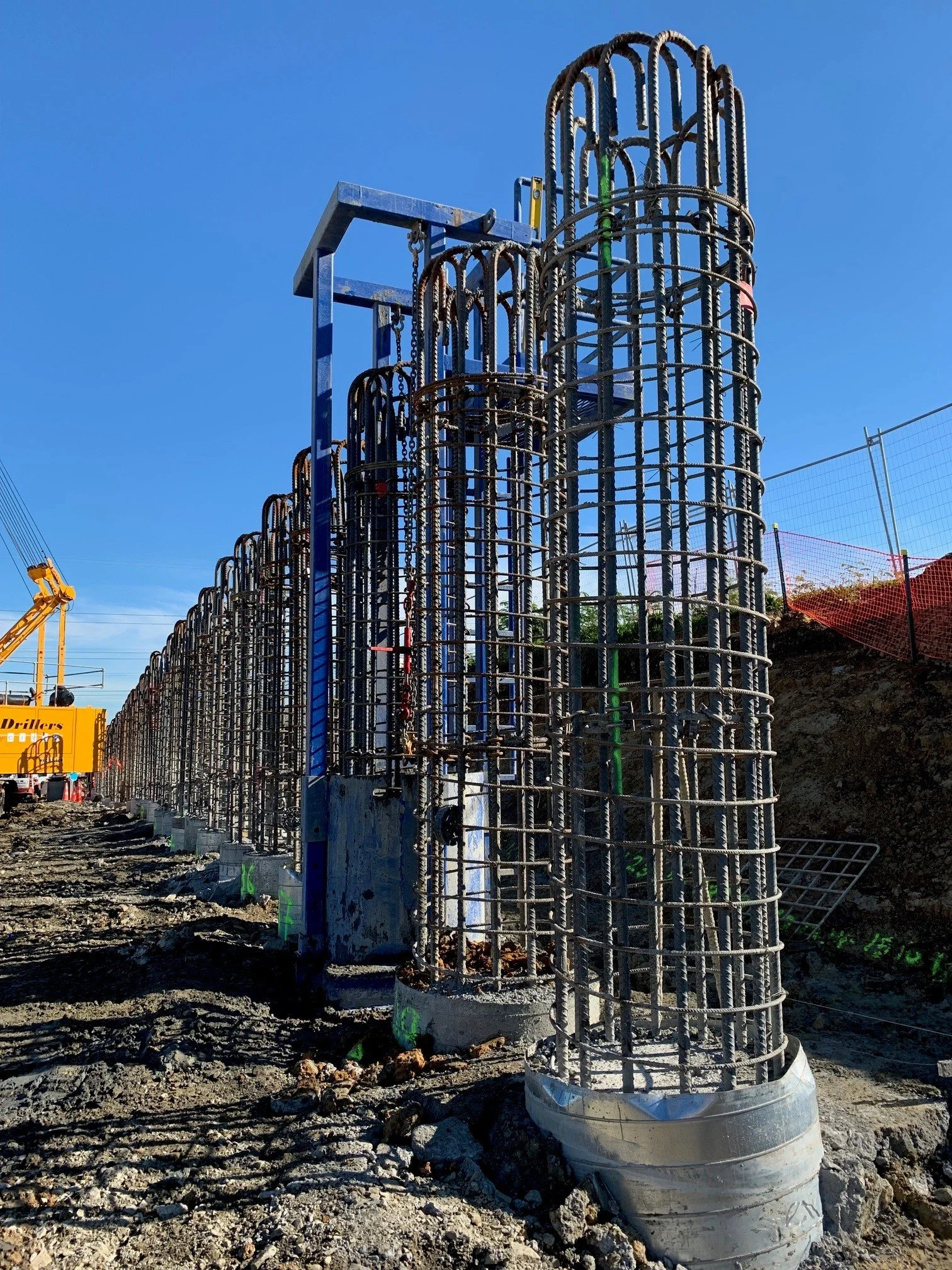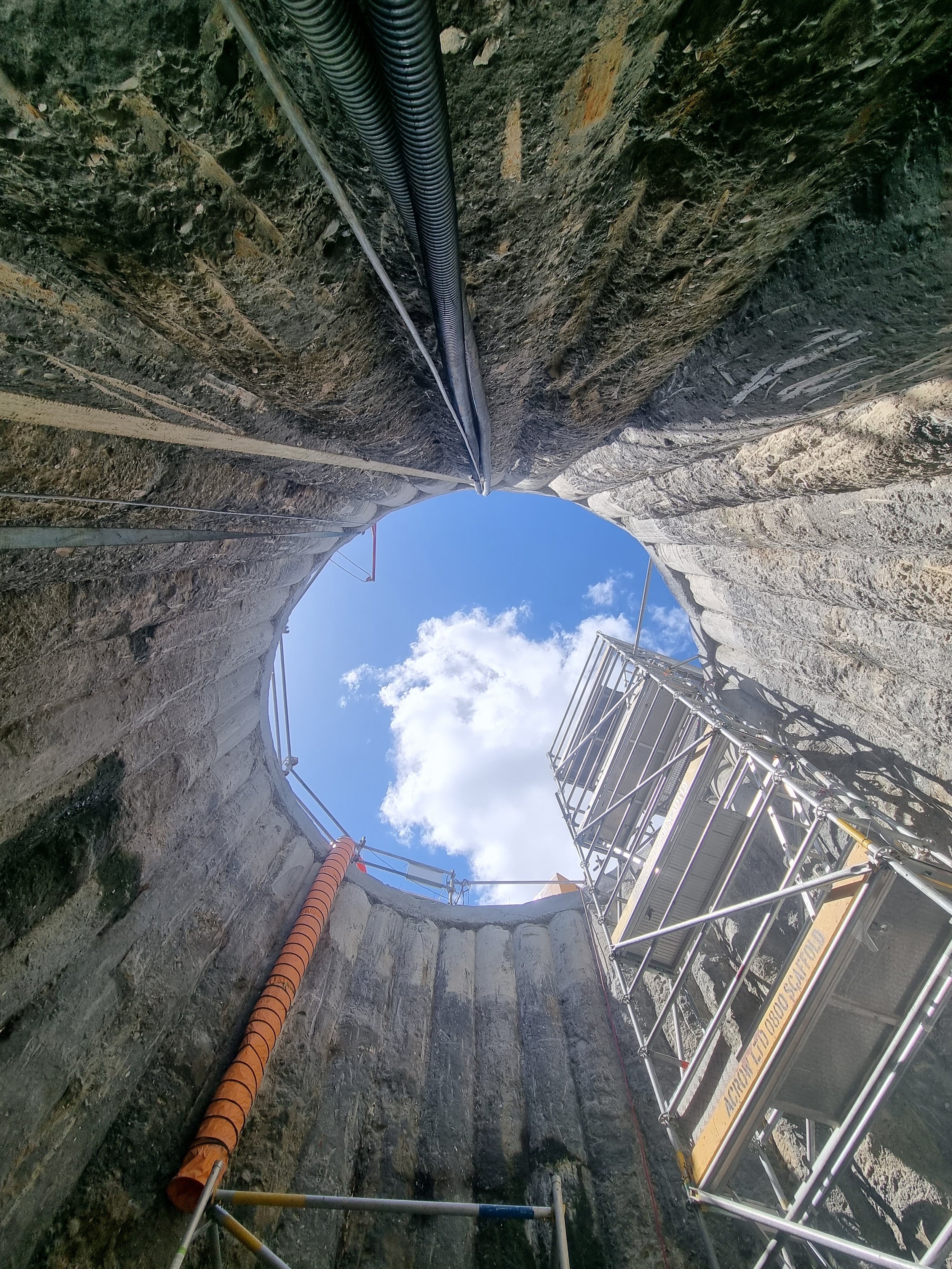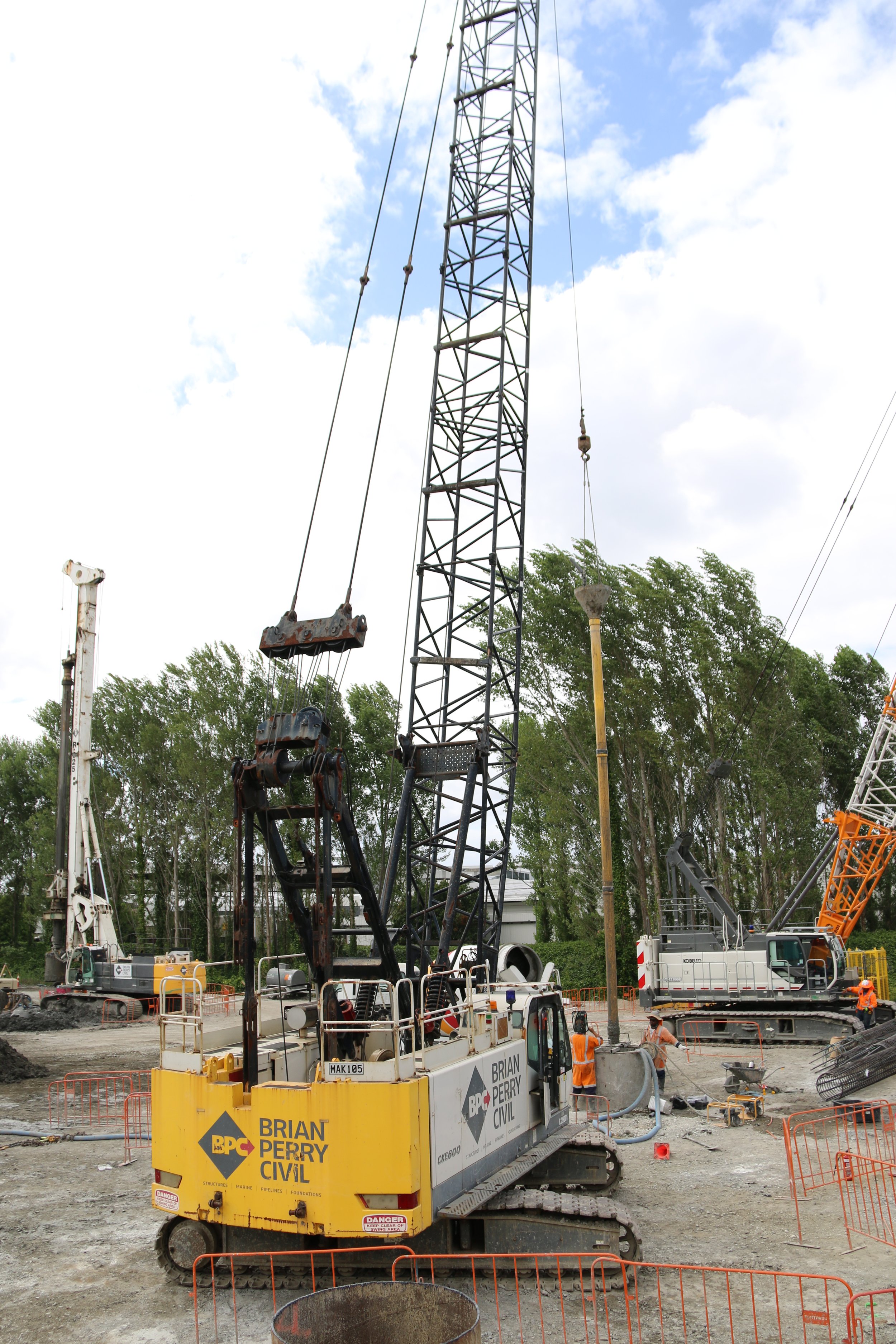We’re focused on maintaining and improving standards for the New Zealand piling industry.
Quality and Workmanship.
The NZFPS aim to promote best practice when it comes to quality and workmanship of our members. This will be achieved by ensuring that contractors have good representation within the design community and having active input in the development of standards and specifications to ensure they are applicable to the New Zealand market. This engagement will help to ensure that engineers are producing fit for purpose designs, and contractors work to clear achievable minimum standards that will ensure quality workmanship.
The NZFPS has developed a membership auditing process that goes above and beyond ISO9001. It is specifically adapted to the foundations market to ensure its members have suitable systems in place both in the office and onsite to ensure high standards of workmanship and compliance with industry standards. Non-conformances issued by the Federation during these audits must be rectified should the company wish to maintain their membership.
Training and Education.
We’re committed to raising the standard of workmanship, technical competence and safety in the piling and foundation industry through training. The NZFPS seeks to provide a clear career path and standards of training for every role onsite from a New Starter to Dogmen/Leading Hand and on to Superintendent and Plant Operators.
Key training and education successes to date:
Development of a guideline career pathway for both piling personnel on the ground and piling crane / rig operators.
Collaboration with Te Pukenga Connexis to develop a programme that includes the newly developed Unit Standards
Collaboration with Waihanga Ara Rau to review the piling qualification
NZFPS identified that the existing piling qualification framework wasn’t fit for purpose for the New Zealand industry and that piling companies throughout New Zealand had been affected by the qualification. The way the qualification was set up previously meant you could only pass Level 4 if you were actively operating the piling rigs yet it excluded other crucial roles within the industry. As the qualification wasn’t up for review until 2024 the NZFPS formally engaged Waihanga Ara Rau to bring the review forward and this generated a positive outcome for all.
A Technical advisory group was formed and along with Waihanga Ara Rau, new unit standards were developed for the piling qualification. Since the group has been put together there have been a number of changes made to make the qualification fit for purpose for our industry.
Health and Safety.
Our objective is to improve Health and Safety in the New Zealand piling industry by providing a platform to discuss Health and Safety concerns and improvements that will protect New Zealand’s piling specialists and stakeholders from risks of injury or ill health related to the work we do and ensure that we as an industry are aligned to keeping our people safe.
NZFPS aim to:
Work collaboratively between Members and key stakeholders to develop and share best practice guidance for the industry and achieve the agreed FPS standards for Health and Safety training of the workforce.
Promote Health and Safety at the Board level to encourage senior management within each Member company to discuss and implement good Health and Safety practices.
Encourage the sharing of Member’s near miss and accident investigations to ensure that the same mistakes are not repeated across the industry.
Provide guidance on legislation, regulations, and other Health and Safety related matters.
Uphold the Federation’s policy of provision of safe working platforms for piling plant.
Provide sufficient resources and support to develop and maintain a competent and qualified management and workforce, such as: ensuring the workforce is provided with a site-specific induction on arrival at each new site.
Improve Health and Safety awareness in the workforce through the use of awareness training, toolbox talks, poster campaigns and other related aids.



